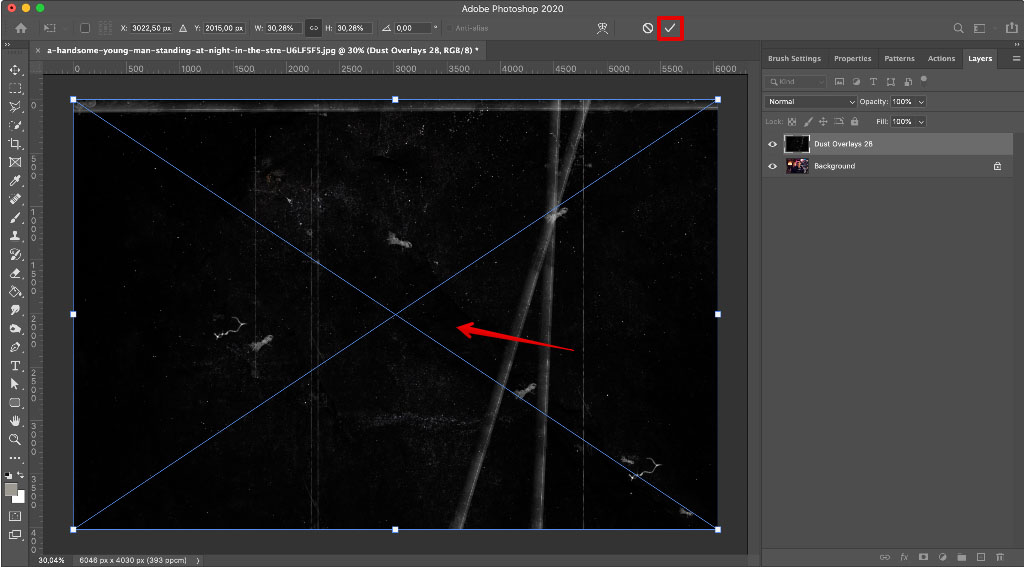

Each overlay can be associated with an image bit plane (between 0 and the image's RasterImage.BitsPerPixel - 1). The associated bit plane (valid only for grayscale 8, 12 and 16-bits per pixel images). All methods to get/set an overlay attribute or its image takes an index parameter. The color used to paint bits 1 of the overlay.Įach overlay has an index (0 - RasterImage.MaxOverlays). The offset is in the display view perspective, with 0,0 being the top-left corner.

The top-left offset, relative to the top-left displayed margin of the image.

The following properties specify how an overlay gets painted: RasterOverlayAttributes.Origin These attributes are broken into two categories: Another option is to rearrange the overlays and make sure that the overlay with index 0 is the overlay you want painted first, and then use RasterImagePainter.Paint.Įach overlay has a number of attributes (or properties), which can be set by the user. If you need to change the order in which the overlays are painted, you must paint them manually using the RasterImagePainter.PaintOverlay method. The RasterImagePainter.Paint method paints the overlays in ascending index order: The overlay with index 0 is painted first, the overlay with index 1 is painted next, etc. Overlays can be painted automatically by using the RasterImagePainter.Paint method or manually by using the RasterImagePainter.PaintOverlay method. Overlay pixels with a value of 1 are considered non-transparent and will be painted using the color set in the RasterOverlayAttributes.Color property. (that is, the index of the first entry is 0.)įor each overlay, any overlay pixels with a value of 0 are considered transparent. Each array entry contains the overlay image and its attributes. The overlays are stored in an array containing RasterImage.MaxOverlays + 1 entries. Every main image can have up to 17 ( RasterImage.MaxOverlays + 1) overlay images. Overlay images are separate 1-bit images that are drawn on top of the main image.


 0 kommentar(er)
0 kommentar(er)
